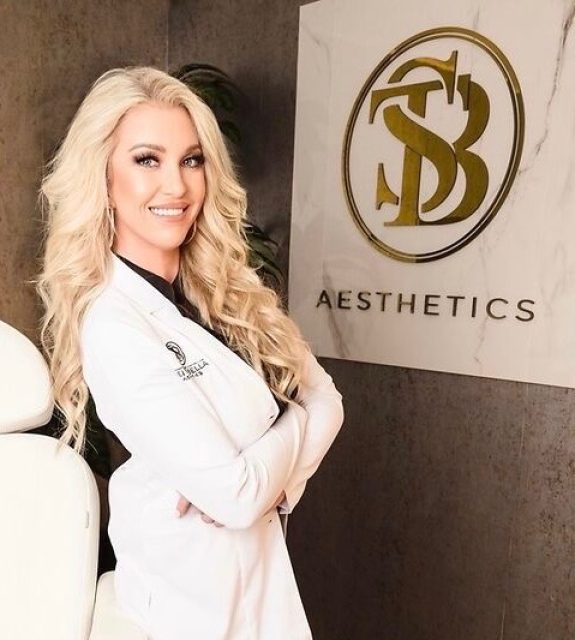2019 is shaping up to be a beautiful year, with many new and exciting cosmetic-enhancement innovations heading our way. Based in New York City and Miami, dermatologist Dr. Dhaval Bhanusali shares the products, treatments and trends to watch.
Today’s cosmetic enhancement landscape is wildly different than just a few years ago, and recent advances in treatment options, technology and techniques have given us more ways to look and feel our best than ever—with less downtime, or none at all. I’m excited about several innovations that are coming down the pike, and these are the ones on my radar.
New injectable toxins and fillers
Millions of women (and men) love Botox and Dysport for their line-smoothing effects, but the number-one complaint is that it doesn’t last long enough. That’s poised to change with Revance’s RT002, which is in the final stages of FDA trials. Though there’s no way to know when it will actually be available, initial study results have shown this wrinkle-smoothing toxin may provide results for up to seven months. On the flip side, another toxin that takes effect faster and lasts for less time is in FDA trials as well. This is poised to be a way for first-time toxin users to “test drive” results without the three- to four-month commitment. I also expect to see the approval of several new hyaluronic acid fillers, likely designed for specific areas of the face.
“Less is more”
2019 is all about subtle enhancements rather than major changes, whether accomplished through minor refinements in specific areas or injection-technique innovations that yield beautiful yet almost-imperceptible results. We’re seeing a rise in new ways to use using existing products, such as “Micro-Botox” or “Baby Botox.” Unlike traditional toxin injections that target the muscles that cause wrinkles associated with facial expressions, micro-Botox injections target the skin. This means the effects are limited to the skin’s surface and there is no loss of facial movement. However, placing small amounts of toxin superficially (rather than deeper in the muscle) can smooth early signs of fine lines and wrinkles without causing a “frozen” look. This treatment is also ideal for younger patients, as injecting Botox superficially in the skin also causes the oils glands to shrink so they produce less sweat and oil while helping the pores appear smaller.
Maintenance with lighter treatments
Many patients who used to see minimal-downtime rejuvenating treatments like Clear + Brilliant or Laser Genesis as an occasional indulgence have started to incorporate these low-intensity “refreshing” procedures into their skincare routine, similar to facials. The upside of this approach is consistently glowing, youthful-skin—and the ability to increase the time between significant resurfacing with Fraxel and similar treatments, or delay the need for these more intense treatments.
Skincare of the future
A new day has dawned in skincare, and there are a few exciting high-tech innovations heading our way this year. One is Opté, a handheld device that scans the skin for pixels of discoloration with a digital camera and LED light. The device then deposits picoliter-sized droplets of serum that cover and treat only the affected areas—using 99% less actual product than you’re slathering on now.

Neutrogena is also launching a 100% personalized sheet mask later this year. Called Mask iD, a custom-fit mask is created by uploading a photo to the app or website. The ingredients are tailored to the individual as well by either answering questions about their skin or integrating data from Neutrogena’s Skin360 tool. The unique blend of ingredients is then 3D-printed on the mask in six distinct zones and shipped to the customer—and the process can be repeated with each order to deliver the ingredients a person’s skin needs at any given time.
For more information, visit Dr. Dhaval Bhanusali's social media:






















